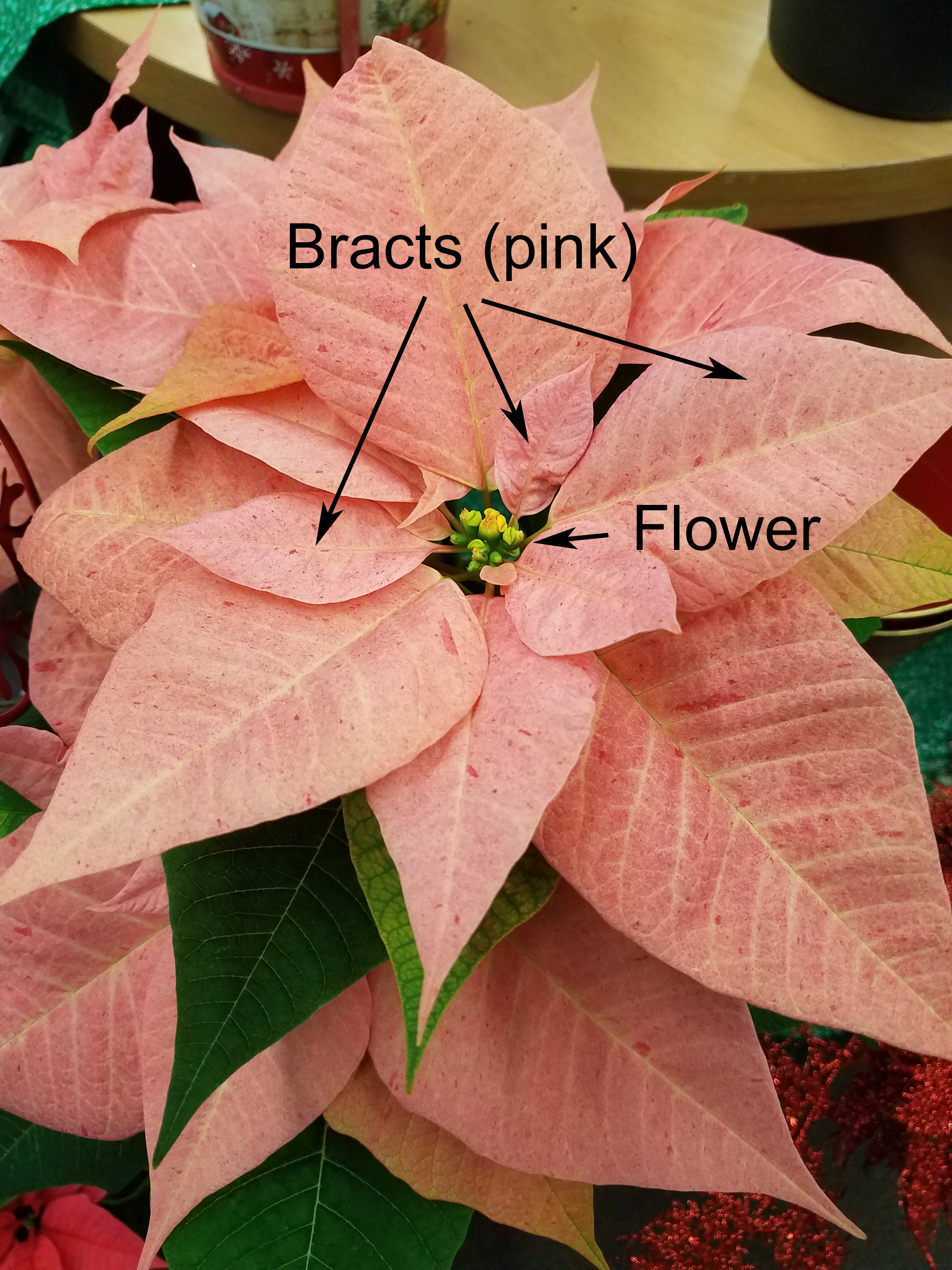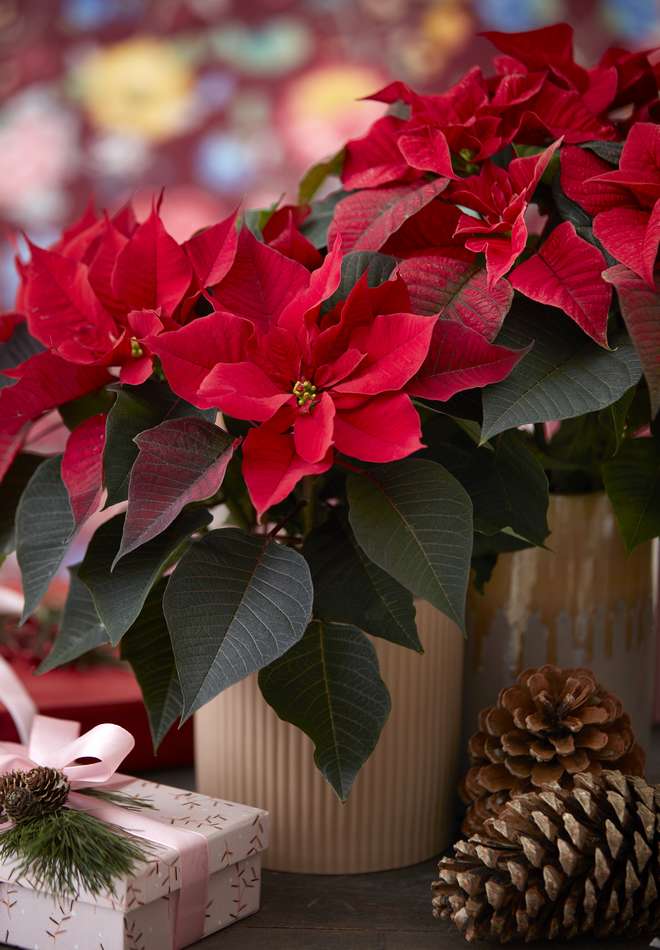The Poinsettia’s Needs: Understanding Its Unique Requirements
The poinsettia plant, with its vibrant red leaves and star-shaped flowers, is a staple of the holiday season. However, to keep this festive plant thriving, it’s essential to understand its unique needs. Taking care of a poinsettia requires attention to its specific temperature, humidity, and light requirements. These factors significantly impact the plant’s health and longevity, making it crucial to provide the right environment for optimal growth. For instance, poinsettias prefer temperatures between 65-70°F (18-21°C) and high humidity, typically above 50%. They also require bright, indirect light, but not direct sunlight, which can cause leaf scorch. By understanding and catering to these needs, you can ensure your poinsettia remains healthy and vibrant throughout the holiday season and beyond.
How to Keep Your Poinsettia Thriving: Watering and Fertilization Tips
Proper watering and fertilization are crucial for taking care of a poinsettia and ensuring its optimal growth. When it comes to watering, it’s essential to strike a balance between keeping the soil moist and avoiding overwatering. Check the soil moisture by sticking your finger into the soil up to the first knuckle. If the soil feels dry, it’s time to water. Water your poinsettia thoroughly, making sure the pot drains well to prevent waterlogged soil. Aim to water your poinsettia every 7-10 days, depending on the temperature and humidity of its environment.
Fertilization is also vital for maintaining your poinsettia’s health and promoting vibrant color. Use a balanced, water-soluble fertilizer (20-20-20) and dilute it to half the recommended strength. Fertilize your poinsettia every 2-3 weeks, starting from the time you bring it home until the end of the holiday season. This will provide the necessary nutrients for healthy growth and color development. By following these watering and fertilization tips, you’ll be well on your way to taking care of a poinsettia and enjoying its festive beauty throughout the holiday season.
Pruning and Grooming: Shaping Your Poinsettia for Optimal Growth
Pruning and grooming are essential steps in taking care of a poinsettia, as they help maintain the plant’s shape and promote healthy growth. Pruning involves cutting back the plant’s stems to encourage bushy growth and prevent legginess. To prune your poinsettia, start by removing any dead or damaged leaves or stems. Then, cut back the stems to about 4-6 inches from the soil, making sure to cut just above a leaf node. This will encourage new growth and help the plant develop a fuller shape.
Grooming is also important for maintaining your poinsettia’s appearance. Check your plant regularly for any dead or dying leaves, and remove them promptly to prevent the spread of disease. You can also use a soft-bristled brush to gently remove any dust or debris from the leaves, helping to keep them clean and healthy. By pruning and grooming your poinsettia regularly, you can help it thrive and enjoy its beautiful foliage throughout the holiday season.
Pest Control and Disease Prevention: Common Issues and Solutions
When taking care of a poinsettia, it’s essential to be aware of common pests and diseases that can affect the plant’s health. Mealybugs, spider mites, and root rot are just a few examples of issues that can arise if proper care is not taken. To identify mealybugs, look for white, cottony patches on the stems or leaves. Spider mites can cause yellowing or bronzing of the leaves, while root rot can lead to soft, mushy stems and leaves that fall off easily.
To prevent these issues, ensure good air circulation around the plant, and avoid overwatering, which can lead to root rot. Inspect your poinsettia regularly for signs of pests or disease, and take action promptly if you notice any problems. For mealybugs, treat the plant with insecticidal soap or neem oil. Spider mites can be controlled with a gentle stream of water or insecticidal soap. If root rot has set in, it’s often necessary to repot the plant in fresh, well-draining soil.
In addition to these common issues, fungal diseases such as botrytis and powdery mildew can also affect poinsettias. To prevent these diseases, avoid getting water on the leaves or crown of the plant, and ensure good air circulation. If you do notice signs of disease, remove affected leaves or stems, and treat the plant with a fungicide. By being aware of these common pests and diseases, you can take steps to prevent them and ensure your poinsettia remains healthy and thriving throughout the holiday season.
Repotting and Transplanting: When and How to Do It
When taking care of a poinsettia, it’s essential to know when to repot or transplant the plant. This is typically necessary when the poinsettia has outgrown its container, which can happen after a year or two of growth. Signs that the plant needs to be repotted or transplanted include roots growing out of the drainage holes, water draining quickly through the soil, or the plant becoming top-heavy and prone to tipping over.
To repot or transplant a poinsettia, choose a container that is only one to two sizes larger than the original pot. Use a well-draining potting mix specifically designed for tropical plants like poinsettias. Gently remove the plant from its container, taking care not to damage the roots or disturb the soil. Trim away any circling or tangled roots, and place the plant in its new container. Water thoroughly after repotting or transplanting, and keep the soil consistently moist but not waterlogged.
It’s also important to prune the plant back to about 4-6 inches from the soil after repotting or transplanting. This will help the poinsettia focus its energy on developing new roots and stems, rather than producing flowers. By repotting or transplanting your poinsettia at the right time, you can help the plant thrive and continue to enjoy its beautiful foliage and vibrant colors.
Extending the Life of Your Poinsettia: Post-Holiday Care
After the holiday season, taking care of a poinsettia requires a shift in focus from decorative display to long-term care. With proper attention, a poinsettia can thrive for months to come, and even rebloom the following year. To encourage re-blooming, reduce watering and fertilization in the months following the holiday season. This will help the plant conserve energy and prepare for new growth.
In the spring, when the threat of frost has passed, move the poinsettia outdoors to a shaded area with temperatures between 60-70°F (15-21°C). This will help the plant recover from the indoor environment and prepare for new growth. Prune the plant back to about 4-6 inches from the soil to promote new stem growth and encourage a bushy shape.
During the summer months, taking care of a poinsettia involves providing consistent moisture, fertilization, and pruning. Water the plant when the top inch of soil feels dry, and fertilize with a balanced, water-soluble fertilizer. Prune the plant regularly to maintain its shape and promote healthy growth.
As the days shorten and temperatures cool in the fall, bring the poinsettia back indoors and reduce watering and fertilization. This will help the plant prepare for the holiday season, when it will once again be the centerpiece of your holiday decor. By following these post-holiday care tips, you can extend the life of your poinsettia and enjoy its beautiful foliage and vibrant colors for months to come.
Troubleshooting Common Problems: FAQs and Solutions
When taking care of a poinsettia, it’s not uncommon to encounter some common issues that can affect the plant’s health and appearance. Here are some frequently asked questions and solutions to help you troubleshoot and resolve these problems:
Droopy Leaves: If your poinsettia’s leaves are droopy or wilted, it may be a sign of underwatering or overwatering. Check the soil moisture by sticking your finger into the soil up to the first knuckle. If the soil feels dry, water the plant thoroughly. If the soil feels waterlogged, reduce watering frequency.
Lack of Color: If your poinsettia’s leaves are not displaying their vibrant colors, it may be due to insufficient light. Move the plant to a brighter location, but avoid direct sunlight, which can cause leaf scorch.
Pests: Check your poinsettia regularly for signs of pests, such as mealybugs, spider mites, or whiteflies. If you notice any pests, treat the plant with insecticidal soap or neem oil according to the product’s instructions.
Leaf Drop: If your poinsettia’s leaves are dropping off, it may be a sign of temperature fluctuations or dry air. Keep the plant away from heating vents and maintain a consistent temperature between 60-70°F (15-21°C). You can also increase humidity around the plant by placing it on a tray filled with water and pebbles.
By being aware of these common issues and taking prompt action, you can prevent them from becoming major problems and ensure your poinsettia remains healthy and thriving. Remember, taking care of a poinsettia requires attention to its unique needs and regular monitoring for any signs of trouble.
Creating a Poinsettia-Friendly Environment: Tips for a Healthy Plant
When taking care of a poinsettia, it’s essential to create an environment that meets the plant’s specific needs. By optimizing the surroundings, you can promote healthy growth, prevent common issues, and encourage the plant to thrive.
Air Circulation: Good air circulation is crucial for preventing fungal diseases and promoting healthy growth. Keep the plant at least 6-8 inches away from any walls or obstacles to ensure air can circulate freely around the plant.
Temperature Fluctuations: Poinsettias prefer consistent temperatures between 60-70°F (15-21°C). Avoid placing the plant near heating vents, radiators, or drafty windows, as temperature fluctuations can cause stress and affect the plant’s health.
Proximity to Heating Vents: Heating vents can dry out the air and cause the plant to lose moisture quickly. Keep the plant at least 3-4 feet away from heating vents to maintain a humid environment.
Humidity: Poinsettias thrive in humid environments, typically between 50-60% relative humidity. You can increase humidity around the plant by placing it on a tray filled with water and pebbles or using a humidifier.
By creating a poinsettia-friendly environment, you can provide the ideal conditions for your plant to thrive. Remember, taking care of a poinsettia requires attention to its unique needs, and by following these tips, you can ensure your plant remains healthy and vibrant throughout the year.







